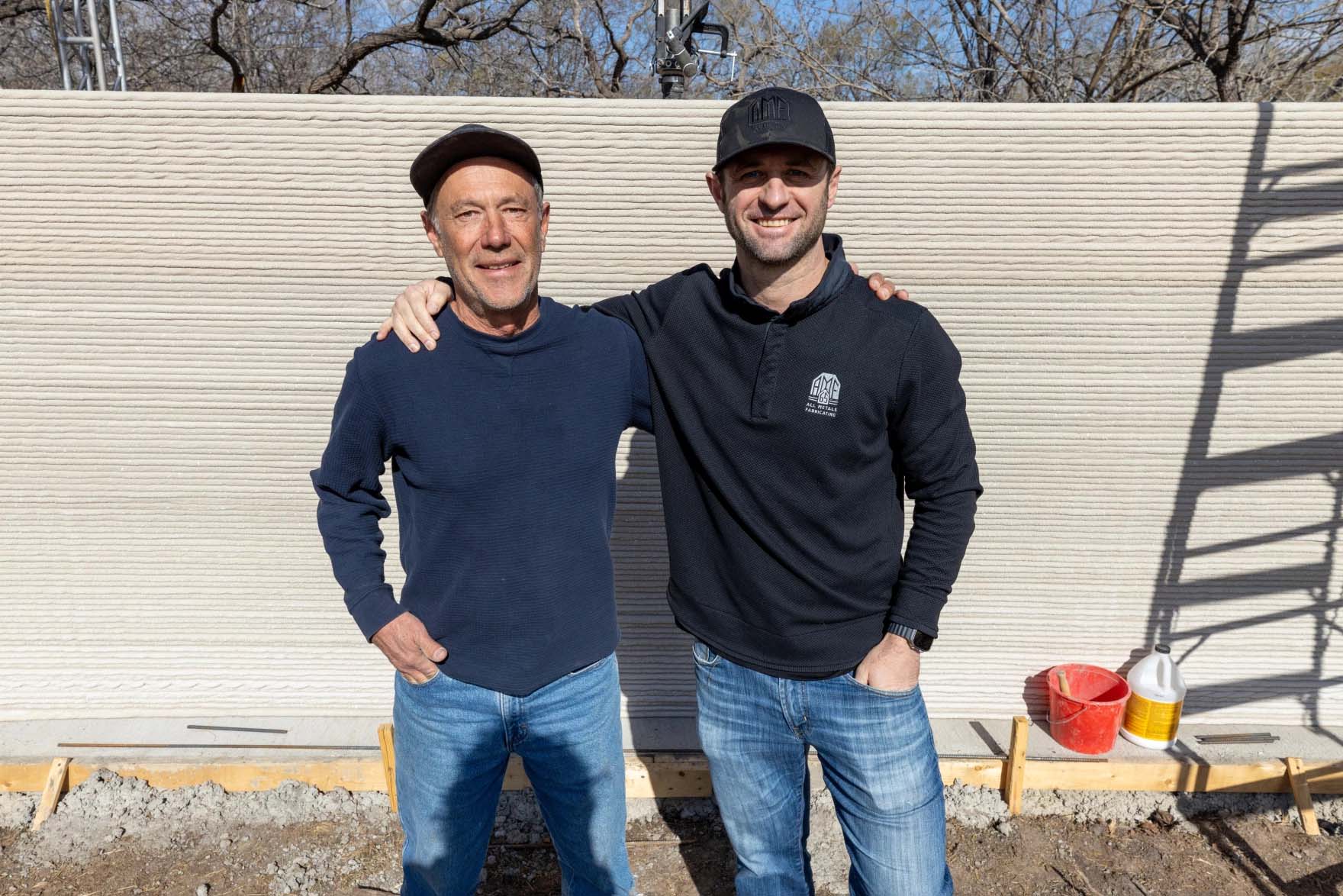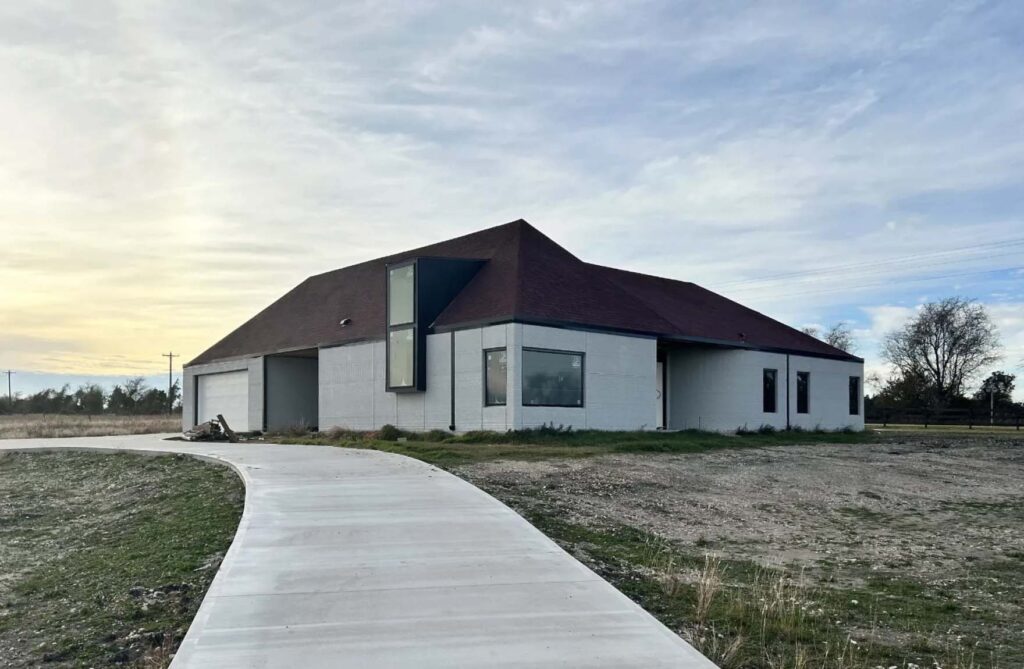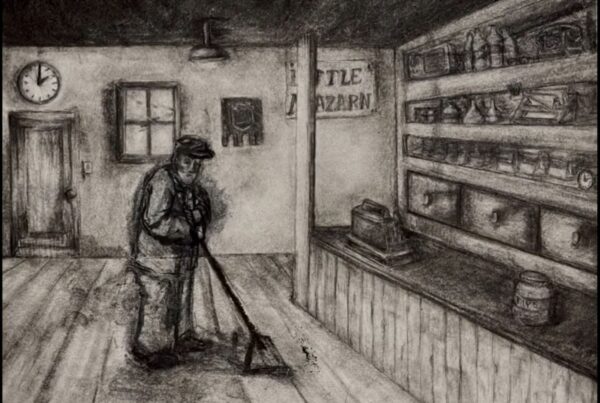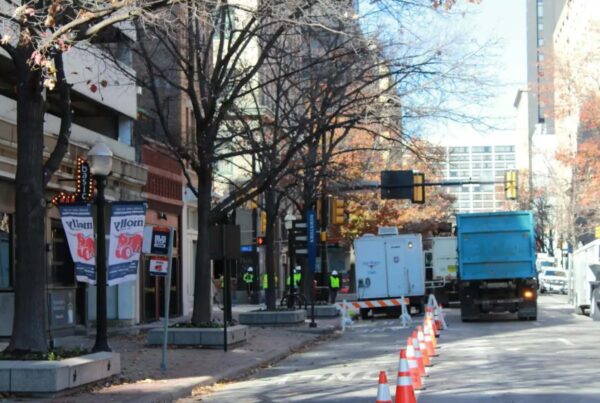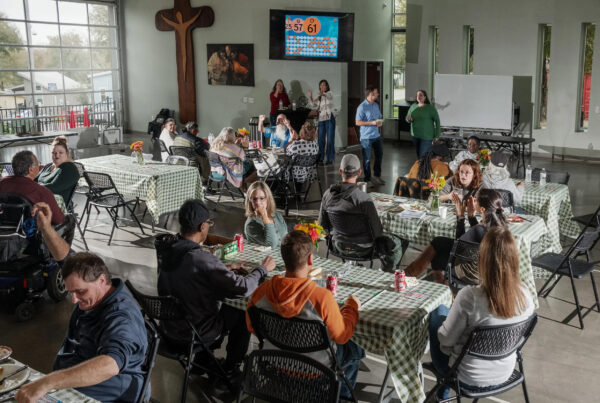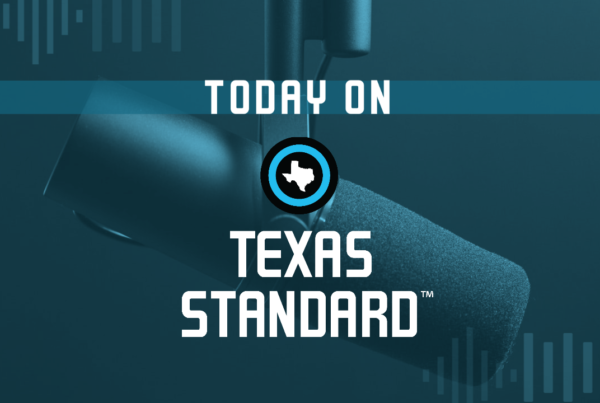From KERA News:
On a sunny winter morning at a property off a rural dirty road in Kaufman, southeast of Dallas, a construction crew is working on building a barn — but this isn’t your traditional building site.
Instead of working with hammers and power drills, this small crew is letting a robot do most of the work.
“Probably the easiest way to describe it is a robot that has a soft serve ice cream cone machine at the end of it,” said Craig Pettit, CEO of Printed Technologies, a company that builds 3D printed homes, “and so we’re just pushing concrete out just like that, like ice cream cone machine would.”
As North Texas continues to see unprecedented growth, entrepreneurs like Pettit are hoping to solve the housing affordability crisis by turning to this innovative, automated technology.
Pettit and his business partner Lance Thrailkill say their crew is constantly improving the concrete mix used to print.
“That’s what we’ve really been tinkering with is different mixes and every mix is different,” Thrailkill said. “The print comes out different and dries quicker or slower depending on how much water is in there.”
The company has so far built at least six structures with a 3D printer, including houses, throughout North Texas.
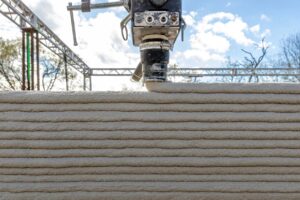
A 3D printing nozzle layers the walls of a barn in Kaufman, Texas, on Dec. 20, 2023. “Probably the easiest way to describe it is a robot that has a soft serve ice cream cone machine at the end of it, and so we’re just pushing concrete out just like that,” Printed Technologies CEO Craig Pettit said.
Johnathan Johnson / KERA
Thrailkill said the new technology could soon change the housing market. It’s one of the reasons he’s invested in the business.
“We really want to help solve the affordable housing crisis here in America and really, worldwide,” he said.
Right now, the cost of 3D printing a house is about the same as building with traditional methods. Pettit said many start-ups, like Printed Technologies, are racing to develop a more affordable way to build.
“One of the things that I’ve done over the past three years is just simplify everything within the technology to make it easy to set up, make it easy to take down,” Pettit said.
Tim Landau is another industry entrepreneur and the owner and CEO of Hive 3D Builders. His company built what could be one of the largest single family homes made by a 3D printer in Burton, east of Austin.
Like Thrailkill, Landau says what sparked his interest in 3D printing was trying to solve the affordability gap.
“That gap is, you know, specifically, it’s the difference between what the median income person can afford for a house and what the median price for a house is,” Landau said.
Another issue is the supply gap — how many houses are on the market. A recent report found Dallas alone needs as many as 60,000 more homes to meet demand.
“It’s kind of a solvable problem,” Laundau said. “You know, your big production builders, they can ramp up and build more houses to close that gap.”
But when newly built houses are upwards of half a million dollars or more, Landau said the only solution is to do something different.
“Everything points to more automation, whether it’s 3D printing or other forms of automation to help narrow those gaps,” Landau said.
3D printing also reduces the number of people needed to build a house. It usually only takes a two- to four-person crew.
It’s also a quicker process — Printed Technologies can print the frame of a 1,700-square-foot home in about two weeks.
That might sound like it’s replacing much-needed jobs, but according to Associated Builders and Contractors, there’s a shortage of more than half a million workers in construction.
Landau says 3D printing helps alleviate that labor shortage.
“So it’s supposed to not eliminate jobs,” he said. “It’s supposed to take the place of jobs that right now we don’t have anyone to do.”
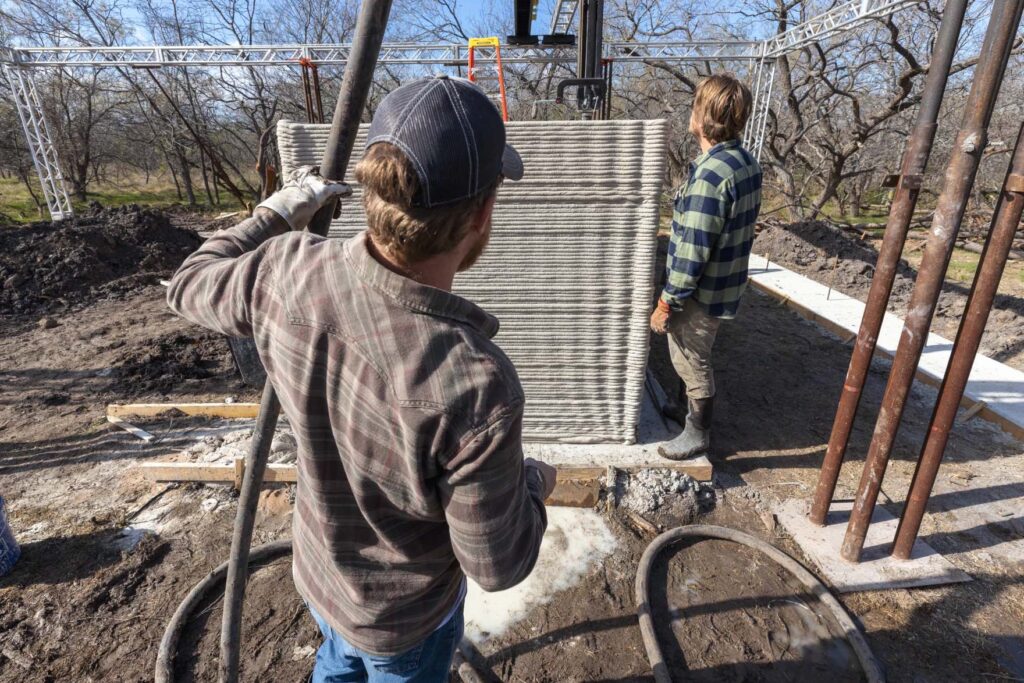
3D printing nozzle layering the walls to a barn in Kaufman, TX on Dec 20, 2023.
Johnathan Johnson / KERA News
Still, this new, burgeoning industry does face its challenges. Right now, the cost of printing a home is just as much as building one traditionally. There also isn’t a huge demand for 3D printed homes in the Dallas area, according to the Dallas Builders Association.
A spokesperson for the association said the technology does have the potential to solve the ongoing housing and labor shortages.
Landau says right now the industry could go one of two ways — one is that it becomes a niche industry for people who can afford customized 3D printed homes. The other is, if companies find ways to lower the extra cost, it could become the new normal.
That’s what Lance Thraillkill at Printed Technologies sees happening.
“In the next five to ten years, it’ll be adopted, across, you know, the entire United States and worldwide would be my expectation,” he said. “And how much that is embraced will be dependent on the cost.”
That means someday in the not too distant future, houses and even entire neighborhoods could be built — at least partially — by robots.


